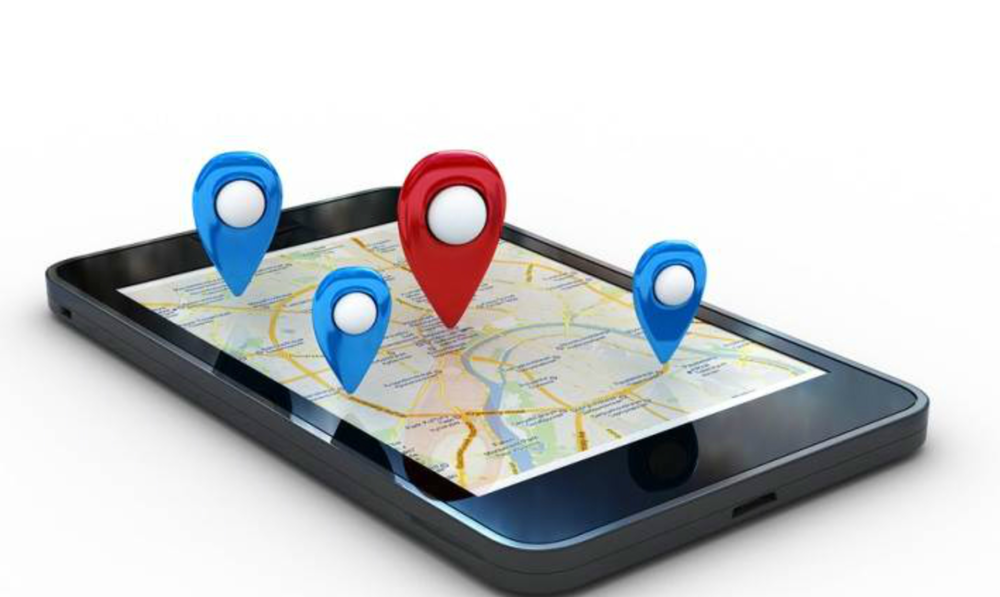Shoppers expect more personal experiences from the companies they interact with, and some analysts say one of the best ways to provide tailored experiences is through geolocation technology.
“The idea is that you take advantage of someone’s physical whereabouts, and give them content that’s relevant to them because you know where they are,” says Tom Williams, VP of sales and marketing at CloudEngage, a company that focuses on geo-responsive website personalization. In fact, Williams says that geolocation is a sort of shortcut to personalization and, in effect, a gateway to more customer loyalty and ultimately sales. He says that with such deep data available to companies, all of that personal information is hard to sift through, organize, act on, and maintain.
But is geolocation smart marketing or customer stalking? In this recent Q&A, Williams attempts to answer that question and illustrates how geolocation can help promote smart marketing, especially at times when there’s no record of past purchase behaviors or Web-browsing history. And he says that some of the best ways to prevent feelings of unwanted stalking is to let people opt-in and opt-out, plus be open about the data a company is collecting.
What should marketers do when they have limited information—or no information—about a first-time visitor to a store or website?
Well, you can always build a proxy profile, which is a profile that’s built on the habits of people in that location, and then target consumers based on that information. So [marketers] don’t need to know particular things that one person is doing—at least at first. They just need to know the interests and predictions of what customers are going to buy based on location.
For example, [companies] can take aggregate data about the weather in a cooler New York season and send offers for warm coats. But in South Florida, that offer may be sandals. It’s a more personalized experience from jump, and it’s easier for companies to get a start. It also feels like a lighter footprint, [rather than feelings of stalking].
Did you know 92% of Americans prefer to buy from local, small businesses? (eMarketer)
How does a marketer know when to use geolocation—and when not to?
It’s all about the point in the purchase cycle. Where localization comes in is at the very start of it. So in the marketing world, a 5% conversion rate is considered strong, but that means 95% of the people came to the site, didn’t see anything that they wanted, and left.
So where personalization with geolocation kicks in is right at the beginning of that funnel. And once they’ve shared information with you—contact information, address, or even payment information—they’re now known customers. The localization of messages for that customer is just as important at this stage. So then, by all means, use the algorithms rooted in geolocation to present the right offers. You can know that it is certainly the right time to buy sandals because she lives in Miami and has bought 10 pairs of sandals before.
So what should the ultimate goal of geolocation be for marketers?
The ultimate goal should be to take advantage of what you know—and what you can know. You can know all sorts of things by location. You can know if someone’s coming [to your site] from a predominantly Spanish-speaking area, an affluent neighborhood, or perhaps a cold climate. All of these things can help marketers personalize. Take advantage of those attainable facts and present a more relevant message to your potential customers.








